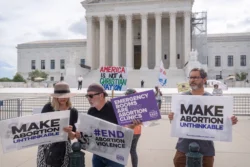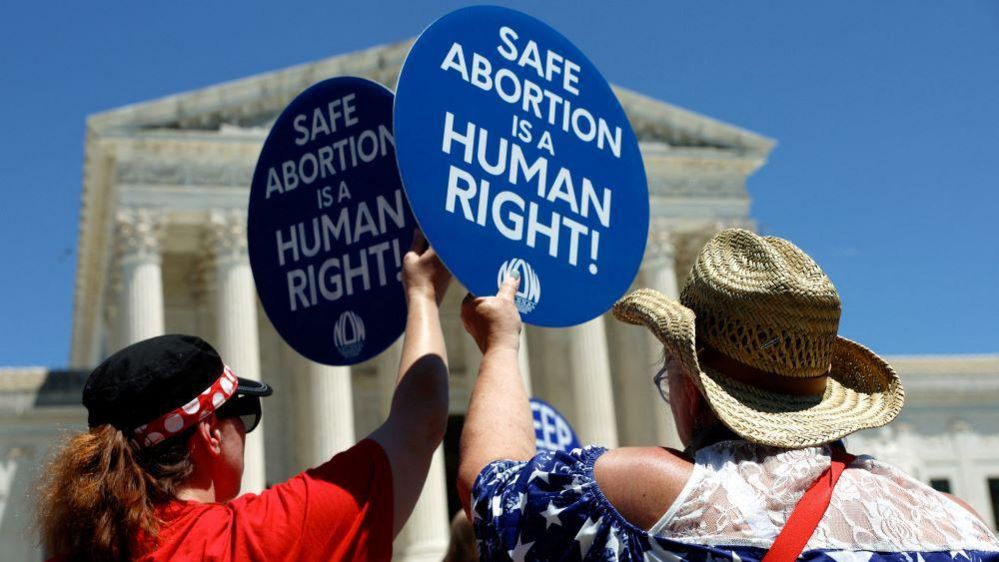Key Points
- US Supreme Court has ruled that emergency abortions in Idaho can go ahead
- When a patient’s health is at serious risk, hospitals in the northwestern state, for now, are allowed to perform emergency abortions
- This comes almost exactly two years after the landmark overturning of Roe v Wade
- Idaho was among 14 states that outlawed abortion at all stages of pregnancy with limited exceptions
Supreme Court allows emergency abortions in Idaho
The Supreme Court has dismissed an abortion case from Idaho, providing a temporary win for abortion rights supporters by allowing women to receive emergency abortions despite the state’s near-total ban. However, the justices did not address the core issue of whether a federal law requiring hospitals to provide stabilising treatment in emergencies overrides Idaho’s abortion ban, which only has an exception for the life, not the health, of the mother.
The Biden administration sued Idaho, arguing that federal law should take precedence. The court’s brief, unsigned opinion sent the case back to a lower court and mirrored a document that was leaked the day before. In a 6-3 vote, the court dismissed the case as “improvidently granted,” with three conservative justices joining the three liberal justices.
This decision protects doctors from prosecution for now if they perform abortions as emergency treatment, but it leaves the door open for future challenges to the Emergency Medical Treatment and Labor Act (Emtala). Justice Ketanji Brown Jackson criticised the dismissal, arguing the court should have resolved the conflict between state and federal law, emphasising that Idaho’s near-total abortion ban still poses real-life issues.
- How Yes-or-No Questions on Abortion Rights Might Shape the 2024 Election
- Arizona Senate votes to repeal 1864 abortion ban
The Idaho Hospital Association welcomed the decision, stating it ensures hospitals can provide critical care without government interference but acknowledged that the state’s abortion law still requires clarification. The Supreme Court’s ruling leaves states with varying levels of power to regulate abortions, continuing the legal uncertainty two years after the court overturned Roe v Wade.






